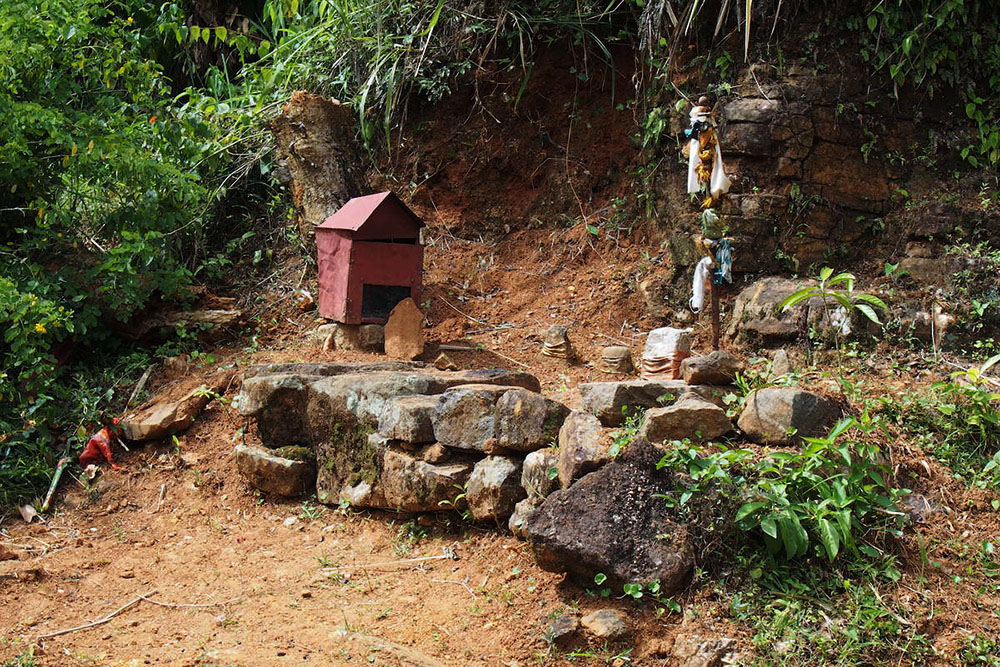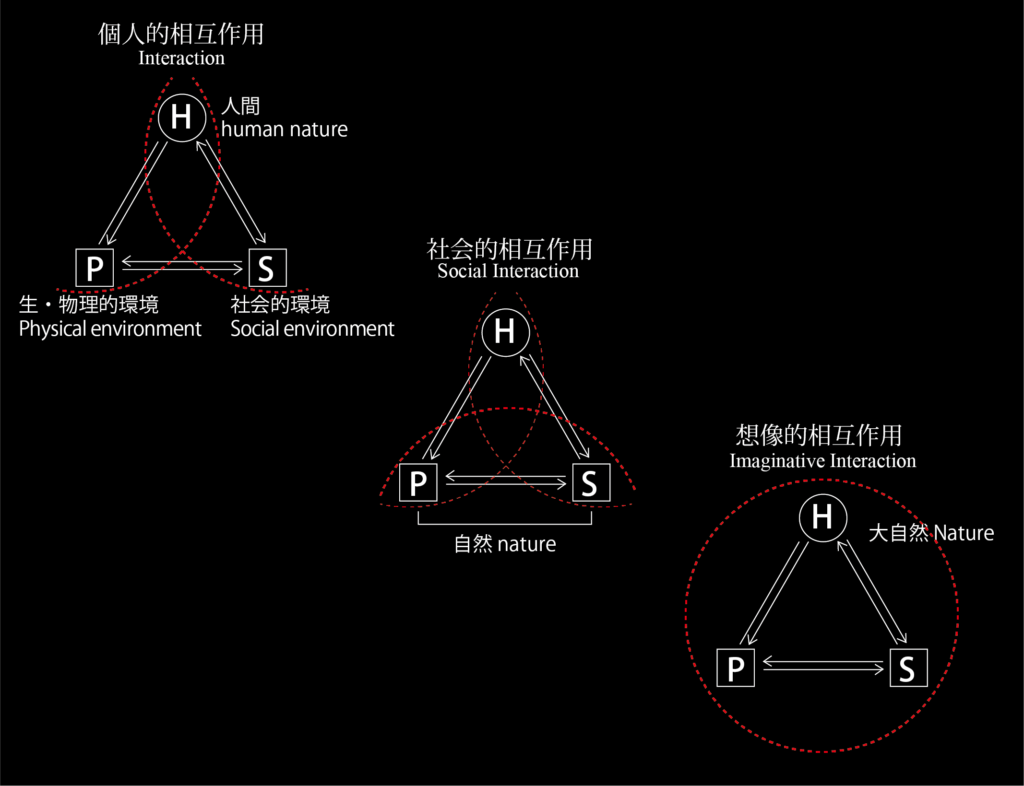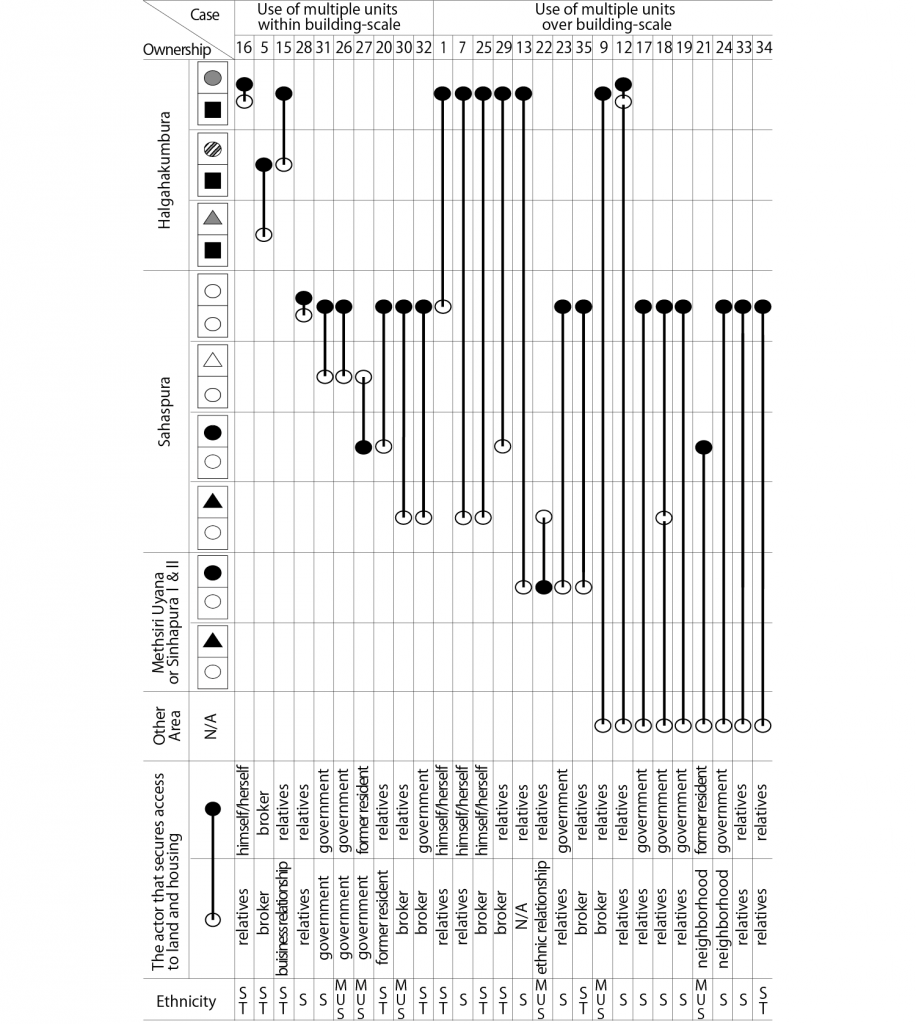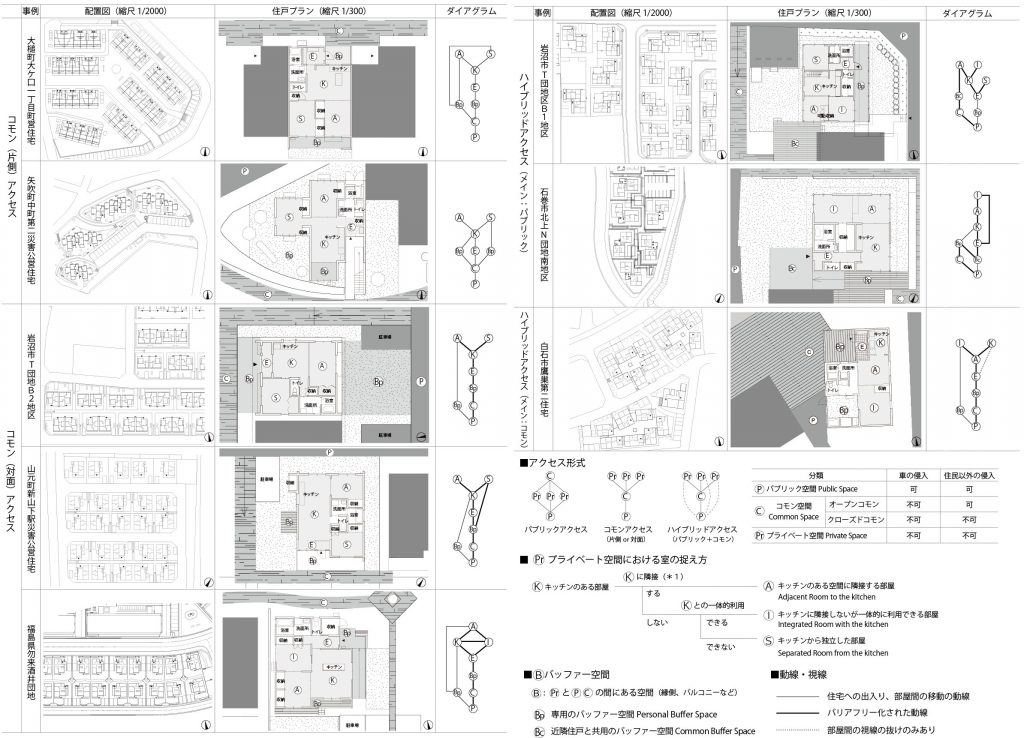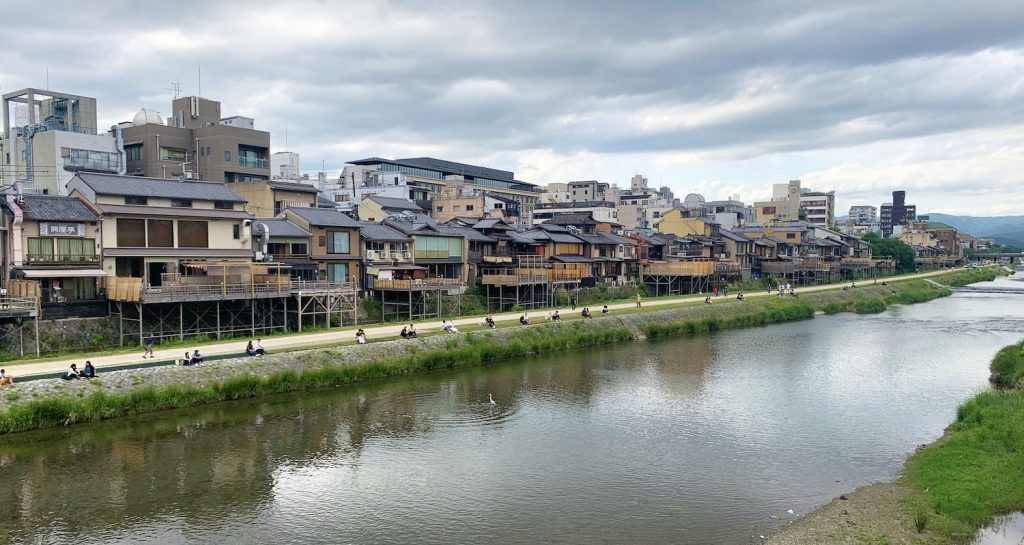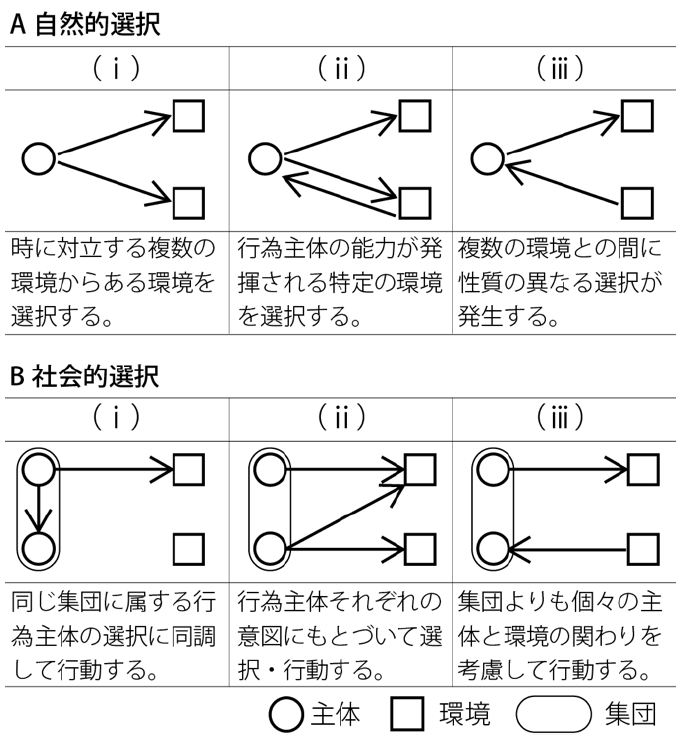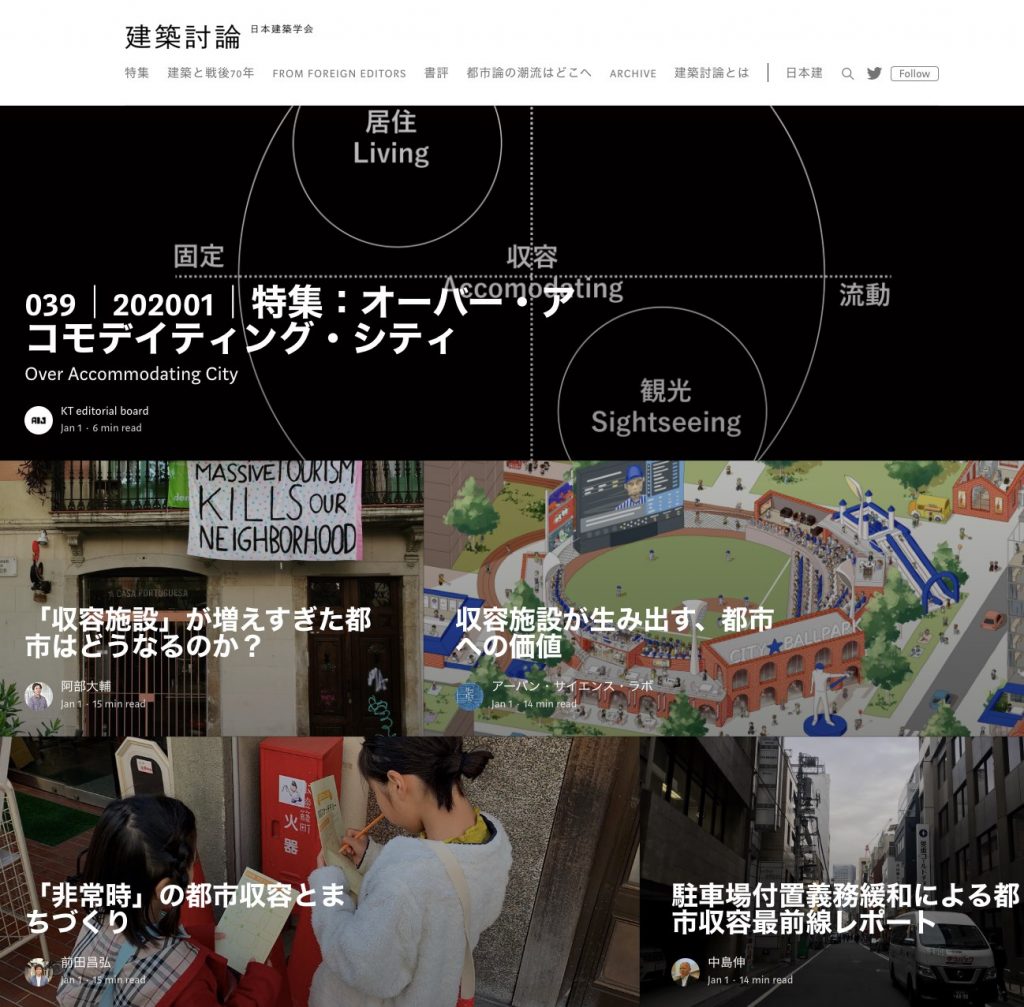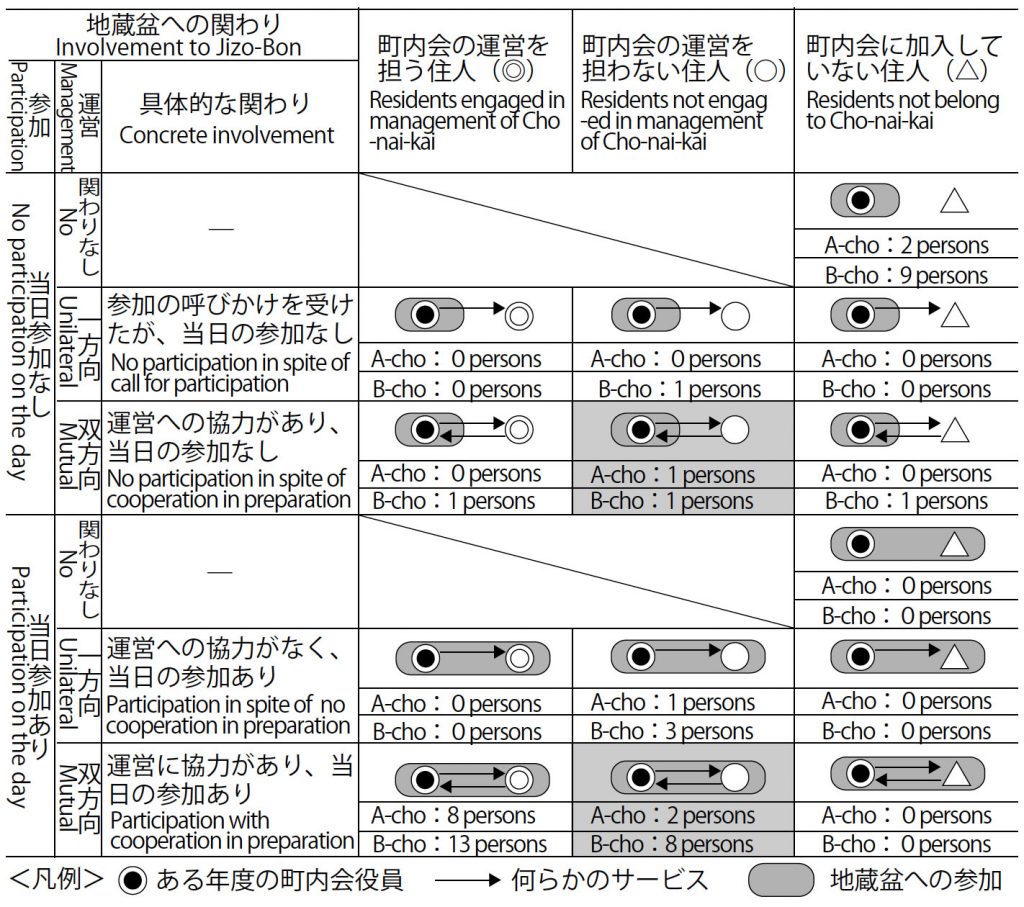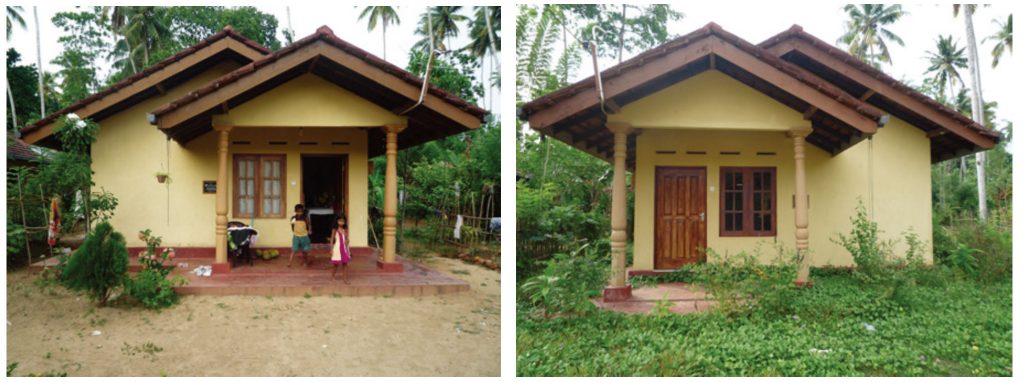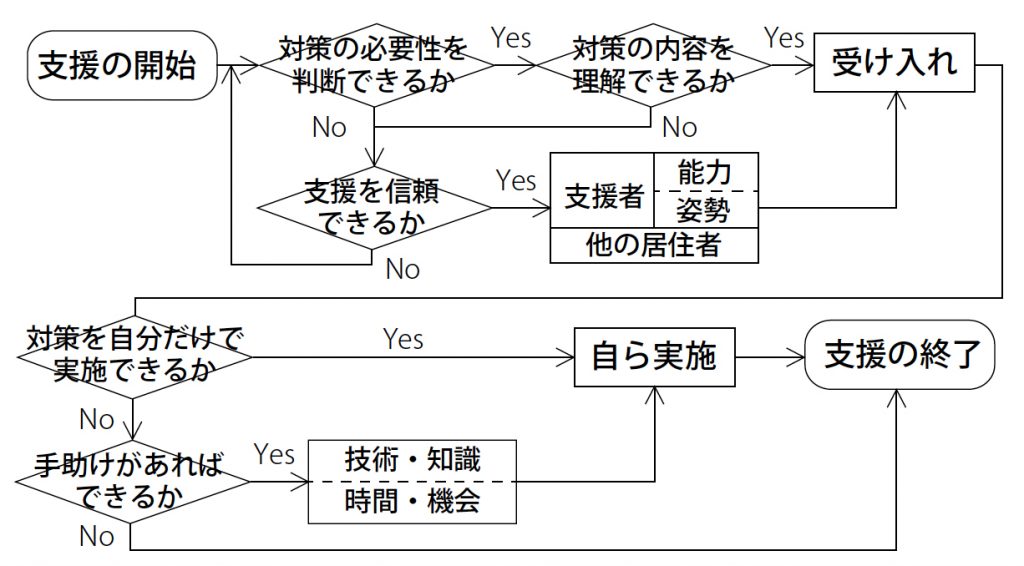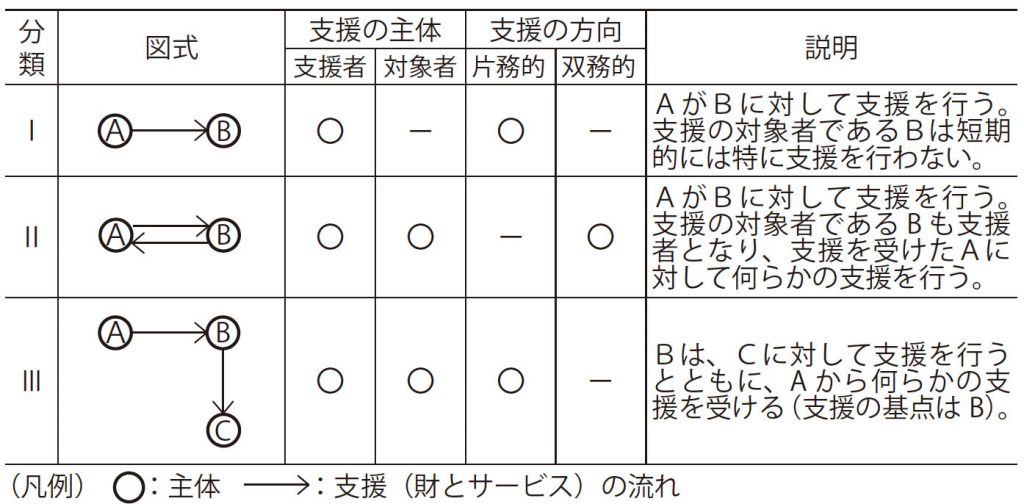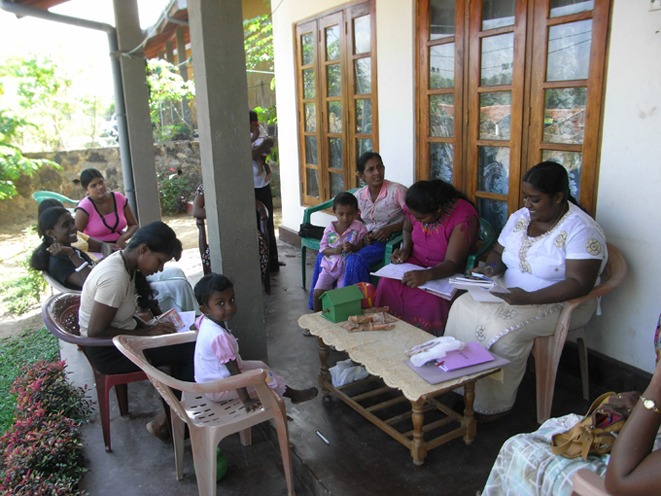
Intersection of Social Image and Physical Space in a Former Tea Plantation Workers’ Tenement(Japan Architectural Review)
This study examines the interaction between social images and actual space in tenement houses, locally called line houses, on a tea plantation in Sri Lanka. The social image of line houses was analyzed based on the discourses of managers, supporters and residents, while tracing the history of tea plantations and its social development, and the physical characteristics and space of line houses were clarified following a field survey in a village, a former tea plantation in Kandy District. Line houses have been conventionally understood only in one aspect, as poor and inhuman living environments that need to be improved or eliminated. However, the results of this study show that the line houses have acquired a sense of place and inherited Tamil culture. This finding reinforces the recent discourse that attempts to reconsider the space of tea plantations from the perspective of the people who have lived there and may provide a basis for rethinking the government’s policy of resettling people on line houses.


